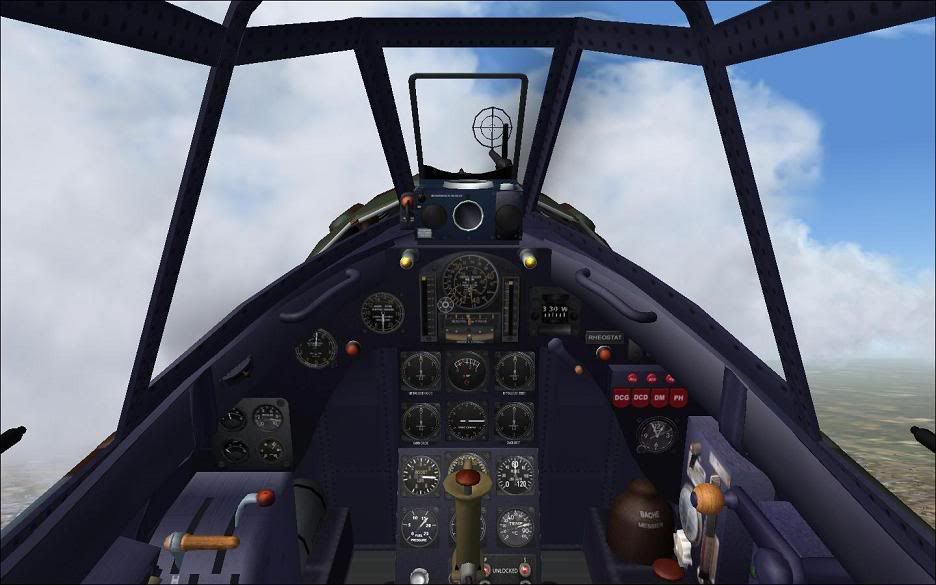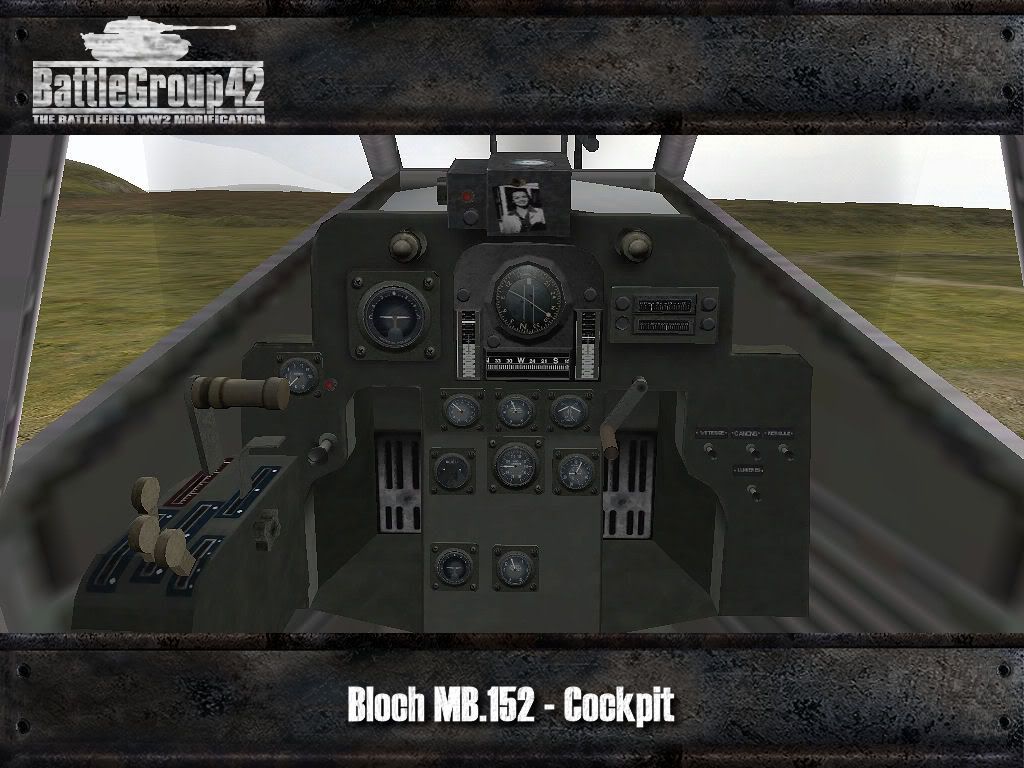 Role
Role single seat Interceptor Fighter
Manufacturer SNCASO
First flight October 1937
Primary user Armée de l'Air
Number built ca. 663
Operational historyMB.151s and MB.152s equipped nine Groupes de Chasse (fighter groups) during the Battle of France, but they were largely outmatched by the faster Messerschmitt Bf 109E. Six groupes continued to fly in the Vichy French Air Force until this was disbanded on 1 December 1942, the aircraft being passed over to the Royal Romanian Air Force by the Germans.[2]
Though the Greek government had ordered 25 MB.151s, actually only nine of these were exported to Greece. They flew with the 24th Moira Dioxis (Fighter Squadron) of the Hellenic Royal Air Force in Elefsina against the Italians and Germans, scoring several air-to-air victories until 19 April 1941, when the last MB.151 was shot down.
During World War II, the Bloch MB.152 had destroyed at least 188 enemy aircraft, and lost about 86 of their own. They proved tough aircraft, able to stand considerable battle damage, and a good gunnery platform,[2] but with many problems: poor agility, poor weapon reliability, poor range (600 km, but here the Bf 109E was only slightly better, around 660 km), and were notably underpowered.
In 1944, several surviving MB.152s were liberated at an airfield in mid-southern France. After being flight-tested and evaluated, and painting out the balkenkreuzen and swastikas, they were fitted with more powerful American engines and went up against the last remnants of the Luftwaffe with the Free French.[citation needed]
VariantsMB.150
Single MB.150.01 prototype powered by a single Gnome-Rhône 14N-07
MB.151
MB.151.01 prototype and MB.151.C1 initial production versions powered by Gnome-Rhône 14N-35 engines (144 built)
MB.152
MB.152.01 prototype and MB.152.C1 up-rated production versions produced in parallel with 151.C1, powered by 1,050hp Gnome-Rhône 14N-25 engines. (482 built)
MB.153
Single MB.153.01 prototype with Pratt & Whitney R-1830 Twin Wasp engine
MB.154
Proposed version with Wright R-1820 Cyclone engine. Not built.
MB.155
MB.155.01 prototype converted from a MB.152 and MB.155.C1 production versions powered by Gnome-Rhône 14N-49 engines (35 built)
MB.156
Proposed version with Gnome-Rhône 14R engine. Not built.
MB.157
Single prototype of advanced version, converted from the MB.152 and equipped with a 1,580hp Gnome-Rhône 14R engine.
Operators FranceArmée de l'Air
Groupe de Chasse I/1
Groupe de Chasse II/1
Groupe de Chasse II/6
Groupe de Chasse I/8
Groupe de Chasse II/8
Groupe de Chasse II/9
Groupe de Chasse III/9
Groupe de Chasse II/10
Groupe de Chasse III/10
Escadrille de Chasse I/55
Aéronavale
Escadrille AC2
Escadrille AC3
GermanyLuftwaffe
EJG 26 (at Cognac)
JG 103 (at Bad Aibling)
Jagdlehrer Staffel (at Guyancourt-Orange)
GreeceRoyal Hellenic Air Force
24th Moira Dioxis RHAF
PolandPolish Air Forces in exile in France
Groupe de Chasse 1/145 Varsovie[3]
RomaniaRoyal Romanian Air Force
Vichy FranceArmée de l'Air de l'Armistice[4][5]
Groupe de Chasse I/1 (at Lyon-Bron, reserve unit)
Groupe de Chasse II/1 (at Luc)
Groupe de Chasse I/8 (at Montpellier-Fréjorgues)
Groupe de Chasse II/8 (at Marignane)
Groupe de Chasse II/9 (at Aulnat, reserve unit)
Groupe de Chasse III/9 (at Salon-de-Provence)
Groupe de Chasse I/13 (at Nîmes-Garons)
Groupe de Chasse III/13 (at Nîmes-Garons)
General characteristicsCrew: one, pilot
Length: 9.10 m (29 ft 10 in)
Wingspan: 10.54 m (34 ft 7 in)
Height: 3.20 m (9 ft 11 in)
Wing area: 17.32 m² (186 ft²)
Empty weight: 2,158 kg (4,758 lb)
Loaded weight: 2,693 kg (5,937 lb)
Max. takeoff weight: 2,800 kg (6,173 lb)
Powerplant: 1 × Gnome-Rhône 14N-25 14-cylinder, two-row, air-cooled radial engine, 757 kW (1,030 hp)
PerformanceMaximum speed: 515 km/h (274 kn, 315 mph)
Range: 600 km (324 nmi, 373 mi)
Service ceiling: 10,000 m (32,810 ft)
Rate of climb: 590 m/min (1,935 ft/min)
Wing loading: 155.4 kg/m² (31.9 lb/ft²)
Power/mass: 0.29 kW/kg (0.17 hp/lb)
Armament2× 20 mm Hispano 404 cannons (60-round drum) and 2× 7.5 mm MAC 1934 machine guns with 675 rpg or
4× MAC 1934s

COCPIT






 Author
Topic: MB-150 (1,2) (Read 9714 times)
Author
Topic: MB-150 (1,2) (Read 9714 times)


